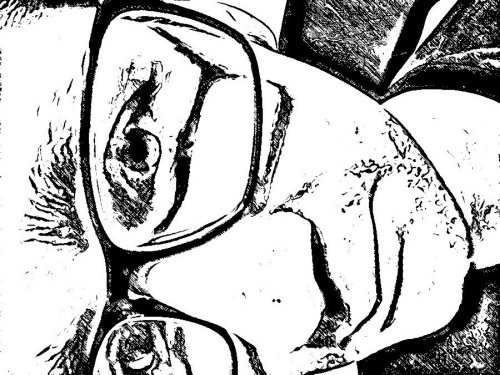Stubbing out ClojureScript + React
Today we're going to expand on our simple HTML + CSS website by adding in ClojureScript and React (via Shadow CLJS and Rum). Part of The Solo Hacker's Guide To Clojure. Prerequisites: Authentication.
Demo
-
In the Mystery Cows project, checkout the
add-cljsbranch. -
Run
./task setupagain to install some NPM dependencies (shadow-cljs,reactandreact-dom). -
Run
./task dev. -
After Shadow CLJS has finished loading, go to localhost:9630 (the Shadow CLJS console). Hover your mouse over "Builds," and then check the "main" build.
-
Open localhost:5000 and log in. You should see a loading spinner at first, and then it should be replaced by a welcome message. The message uses ClojureScript to display the email address you logged in with. If you make a change to
src/cows/core.cljsand save the file, you should see the change happen immediately.
The code
Run git diff authentication add-cljs ':!package-lock.json' to see what changed.
We've added some dependencies needed by Shadow CLJS. We've also added
cljsjs/firebase which includes externs for Firebase. Without externs, your
code might break when doing advanced compilation. Read
this for a good explanation.
This is the configuration file for Shadow CLJS. You can learn more at shadow-cljs.org.
We've added a link to the JS file that will be generated from our ClojureScript code. We've also replaced the existing welcome message with a loading spinner. When our ClojureScript code loads, it'll replace that HTML with a React component.
Voila, here's the CLJS code. The main component is pretty much the same as
code we removed from core.clj, but now it'll display your logged-in email
address.
The mount and init functions are special—they were referenced in shadow-cljs.edn. init will
be called once, as soon as the CLJS code finished loading. In this case, init waits for Firebase
to load the logged-in user's information, and then it mounts the React component.
You can read up on using React via Rum on the Github page.
We've added CLJS compilation to the dev and deploy tasks.
Do it yourself
In your own project, run npm install shadow-cljs --save-dev; npm install react react-dom --save. Add the code from the files linked above to your own project,
changing cows.core to yourproject.core.
You should be able to run ./task dev, start the Shadow CLJS build and see
your running ClojureScript code as we did in the demo. Run ./task deploy once
you've got it working.
The next step is to add a lobby so that you can create and join games. The code
is already complete; see the lobby
branch. It includes a
chat feature for each game.
I've decided that instead of dribbling out this guide an article at a time on my website, I'd rather sit down and finish all the code in one go. Instead of publishing articles here, I'll put the tutorial info in the Github README pages and in-code comments of the separate branches.
So the next milestone I publish should include a completed application, built entirely on Firebase. After that, I'll replace Firebase (except for authentication) with a Clojure backend (including either Crux or Datomic) that you can deploy on Digital Ocean/EC2/etc.
Published 17 Mar 2020

